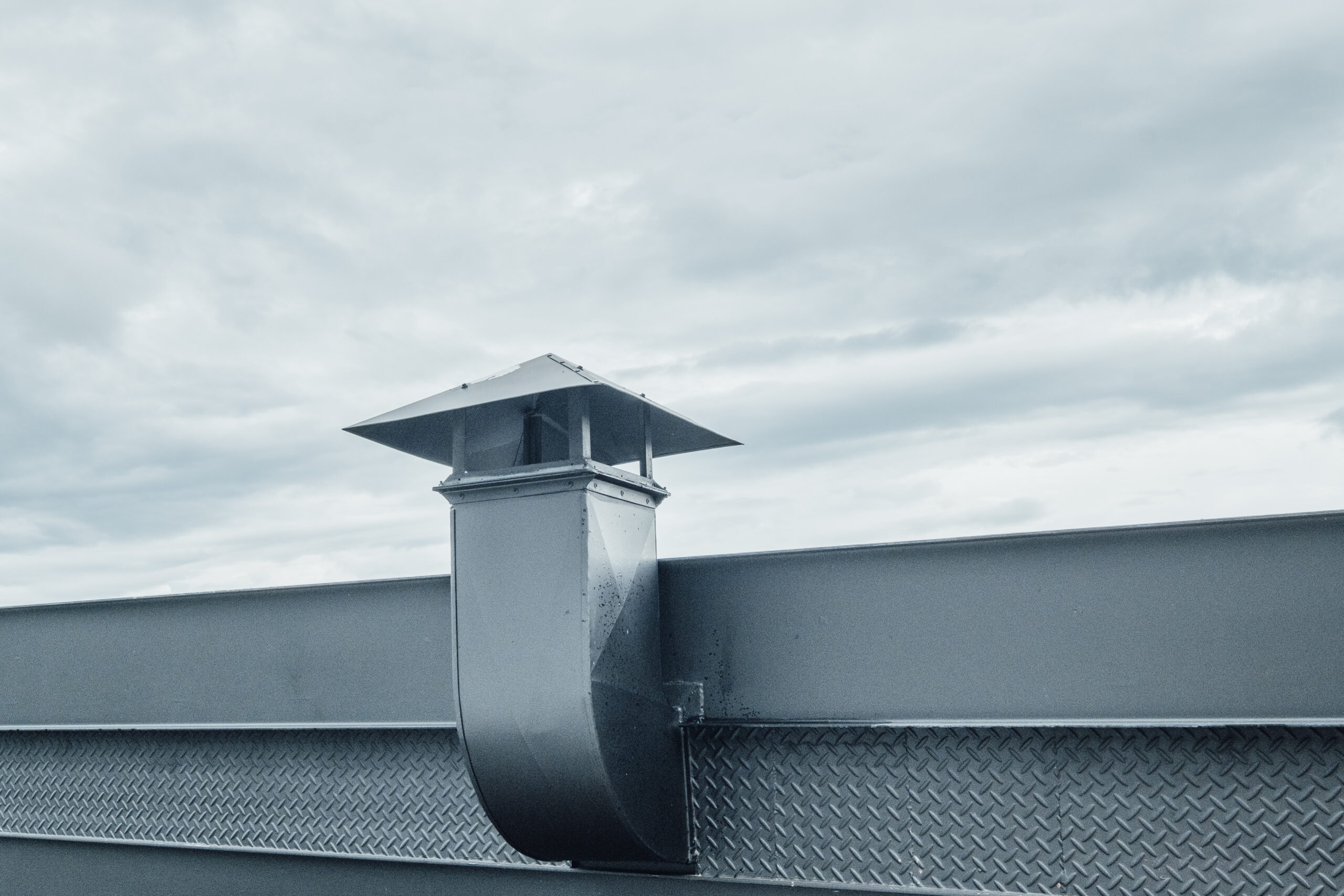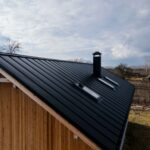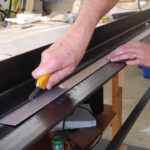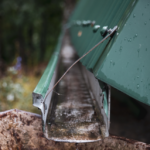Step-by-Step Guide to Flashing a Vent Pipe on Metal Roofs
December 22, 2024 | By Mike Gonet | Filed under: Blog

Properly flashing a vent pipe on a metal roof is crucial for preventing leaks and ensuring long-term roof performance. This essential task, which involves sealing the junction between your plumbing system and the roof, requires careful attention to detail. By mastering the correct techniques, you can maintain your roof’s integrity and avoid costly water damage. If you’re dealing with an older roof, consider seeking professional assistance for metal roofing repair in Rhode Island to ensure a seamless job.
Essential Materials and Preparation
Before starting the flashing process, gather the necessary materials. You will need a pipe boot flashing suited to your vent pipe’s diameter, butyl tape, roofing sealant, and fasteners designed for metal roofs. The boot’s base must match the pitch of your roof. Clean the area around the pipe thoroughly, removing debris, old sealant, and any oxidation. A clean and dry surface is vital to achieve a secure seal.
Installation Sequence and Techniques
Begin by placing butyl tape around the pipe penetration where the boot will contact the metal roofing panel. Ensure the pipe boot is centered over the vent pipe and properly aligned with the roof’s slope. The upper edge of the boot’s base should tuck under the upper metal panel, while the bottom and sides rest on top of the lower panel. Secure the boot flange with fasteners spaced approximately 1-2 inches apart. Be careful not to overtighten, as this can distort the metal. Apply a continuous bead of high-quality sealant around the top edge of the boot where it meets the pipe to create a watertight seal.
Sealing and Waterproofing Details
Achieving a reliable seal is critical for preventing leaks. Apply an additional layer of sealant where the boot meets the metal roofing panel. For extra protection, install a storm collar above the pipe boot. This component provides an additional barrier against water intrusion. Ensure the rubber gasket on the pipe boot fits snugly around the vent pipe without gaps or wrinkles. For enhanced security, you may use a stainless steel band clamp to secure the gasket at the top of the boot.
Common Issues and Solutions
During installation, you may encounter challenges. If the boot’s base does not conform well to the metal panel’s profile, use closure strips or additional sealant to fill gaps. In cases where it is not feasible to tuck the boot under the upper panel, pay close attention to sealing the top edge. Address any sharp edges on cut metal panels to prevent damage to the pipe boot. Additionally, ensure all fasteners have sealing washers or proper gaskets to maintain a watertight barrier.
Maintenance and Inspection
Regular inspections are essential to ensure the long-term performance of your vent pipe flashing. Check the rubber boot for signs of wear, such as cracking or splitting, particularly where it wraps around the pipe. Examine sealants for separation or signs of aging, and ensure that all fasteners remain secure and properly sealed. Remove debris that accumulates around the pipe boot, as trapped moisture can accelerate deterioration. It’s advisable to inspect your pipe flashings at least twice a year and after extreme weather conditions to prevent leaks and maintain the roof’s integrity.
Other related posts:





